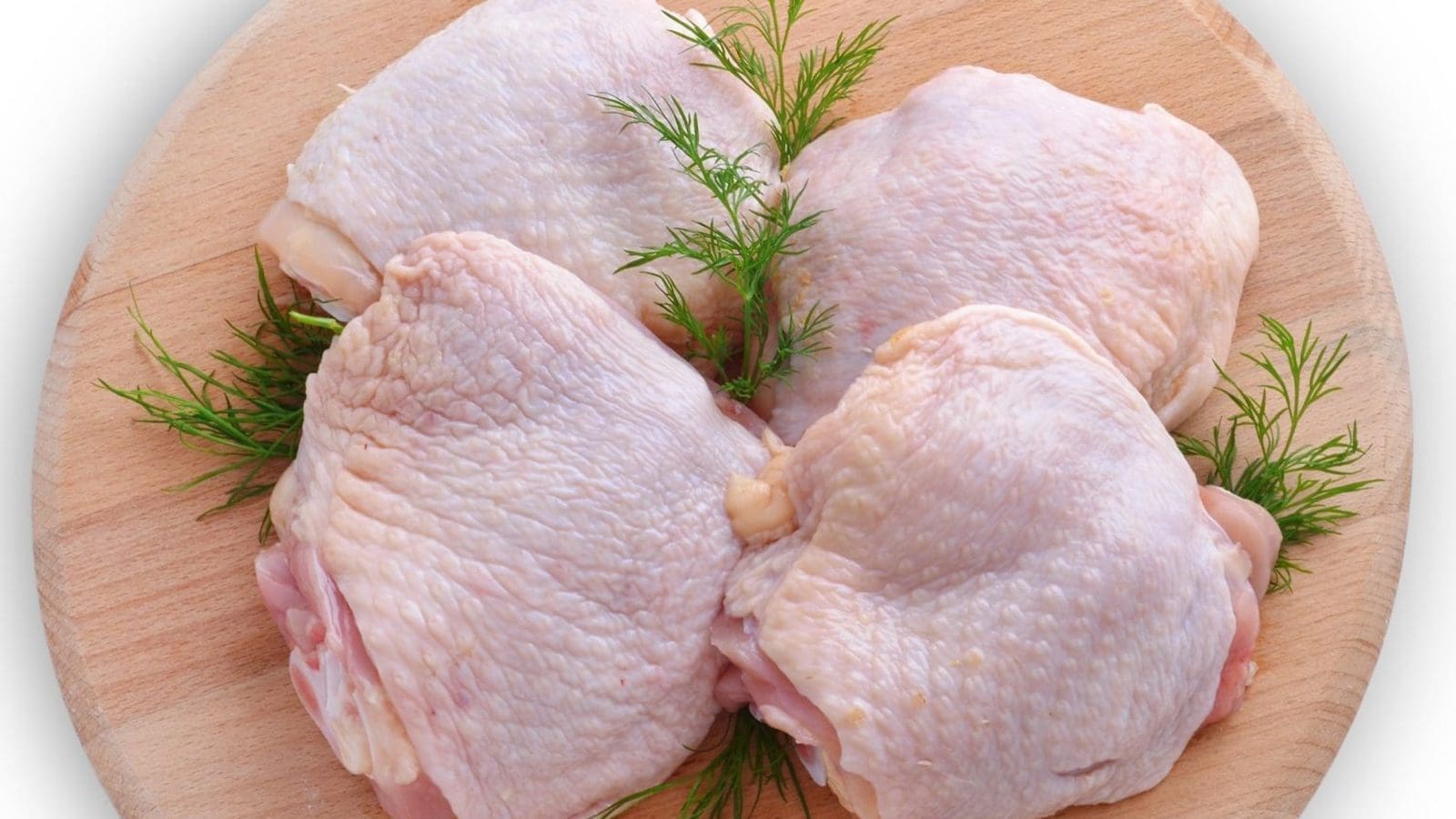ANGOLA – Angola’s poultry sector which is still at the infancy growth stage, is set to register a marginal increase in chicken meat production to 32,000 metric tons (MT) in 2022 from 31,000 MT expected in 2021.
According to data released by the Angolan Ministry of Agriculture and Fisheries in 2020, poultry meat production in the country was 29,860 MT, a 5.9 percent increase from the previous year.
Meanwhile, the National Association of Poultry Producers of Angola (ANAVI) estimates egg production to be between 65 million to 70 million eggs per month.
Angola’s poultry sector is faced with a myriad of challenges which has constrained its growth, to include lack of animal feed, veterinary medicine, chicken feedlots, general infrastructure, and the prohibition of genetically engineered (GE) feed products.
The country does not produce sufficient grains and oilseeds to support the poultry sector, so feed must be imported.
Also, with the Southern Africa country forbidding the entry of GE products due to the lack of a national biosafety law, increases the cost of feed imports greatly.
Despite of these constraints, the Government of Angola is significantly investing in national production as it seeks to diversify the economy.
In 2018, the government launched the Production Support, Export Diversification, and Import Substitution (PRODESI) program, whose main objective is to reduce the country’s high economic dependence on the oil sector.
Another tool to boost national production is the Credit Support Project (PAC), launched as an instrument to facilitate the financing of private investment projects in PRODESI’s productive lines of goods and services.
Angola turns to imports to meet local demand
With the limited local production of the white meat, Angola’s chicken meat consumption is forecasted to reach 277,000 MT in 2022, up from 261,000 MT expected in 2021.
To meet the local demand, the country is expected to import 245,000 MT in 2022, up from the 230,000 MT expected in 2021.
The rise in imports, according to a GAIN report by USDA is also attributed to the upcoming presidential election.
The Angolan government has typically tended to allow a greater volume of imports during election years to ensure prices remain stable and the electorate do not face food shortages.
Imports account for approximately 85 percent of local consumption and the country brough in 213,000 MT of poultry meat in 2020, with the United States as the largest supplier.
Angola’s poultry industry comprises of smallholder farmers organized in 120 associations through the National Association of Poultry Producers of Angola, with 1,000-50,000 chickens, mainly layers and four commercial farms producing chicken meat: Aldeia Nova, Emirais Farm, Kikovo, and the Munenga Society for Aviculture.
There are a few large poultry processing facilities in the country and several small-scale ones serving local producers.
The largest processor in Luanda province called Avikikuxi and has the capacity to process 2,500 birds per hour and 80,000 birds per week. Sociedade Avícola da Munenga and Aldeia Nova also have their own processing facilities.
Liked this article? Subscribe to Food Business Africa News, our regular email newsletters with the latest news insights from Africa and the World’s food and agro industry. SUBSCRIBE HERE











